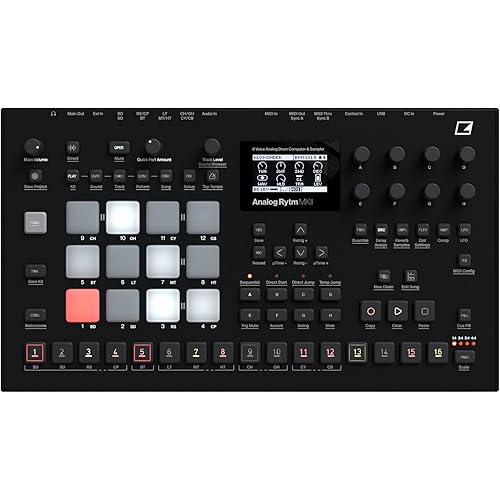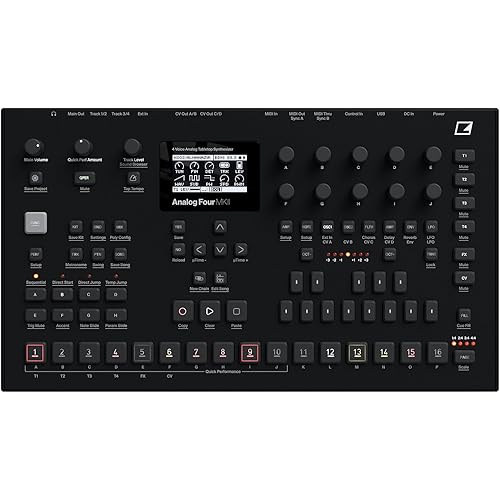


Buy Now, Pay Later
- – Up to 36-month term if approved
- – No impact on credit
- – Instant approval decision
- – Secure and straightforward checkout
Ready to go? Add this product to your cart and select a plan during checkout.
Payment plans are offered through our trusted finance partners Klarna, Affirm, Afterpay, Apple Pay, and PayTomorrow. No-credit-needed leasing options through Acima may also be available at checkout.
Learn more about financing & leasing here.
Selected Option
This item is eligible for return within 30 days of receipt
To qualify for a full refund, items must be returned in their original, unused condition. If an item is returned in a used, damaged, or materially different state, you may be granted a partial refund.
To initiate a return, please visit our Returns Center.
View our full returns policy here.
Set: Workstation
Style: Workstation
Features
- The color touch screen allows you to easily see the state of Voice and Style assignments and quickly access and adjust a wealth of features and settings
- Assignable Knobs allow you to manipulate various effects and parameters on Voices, Styles and more, in real time
- Assignable Sliders can be configured to control a wide variety of parameters allowing for quick, on-the-fly control during your performance, or while fine tuning your production
- The CFX Premium Grand Piano Voice recreates the power and tone of Yamaha's flagship CFX concert grand piano
- Revo Drums take advantage of unprecedented multi-dynamic sample layers and round-robin sample cycling to produce the most realistic MIDI drums ever created
Description
Genos is the flagship Yamaha Digital Workstation, with intuitive control featuring a 9" color touch screen, assignable sliders and knobs with their own OLED display, and even 6 assignable button. Genos is the best-sounding digital workstation today with unmatched sample quality, state of the art Style content, and professional level connectivity the Genos is the ultimate songwriting and performance tool. New Revo! drums are part of Yamaha AEM (Advanced Element Management) Technology and deliver never before heard realism from MIDI drums. Super Articulation 2 (SA2!) Voices replicate the performance nuances of non-keyboard instruments providing unmatched realism. Record your song ideas or performances using the on-board MIDI and audio recording features, or interface with computer-based digital audio workstations.
Brand: Yamaha
Number of Keys: 76
Skill Level: Professional
Special Feature: Recording
Size: 18 x 48.5 x 5.5 inches
Age Range (Description): Adult
Item Weight: 29 Pounds
Model Name: YAM GENOS
Operating System: Proprietary Yamaha operating system
Product Dimensions: 18"D x 48.5"W x 5.5"H
Style: Workstation
Connector Type: USB, 3.5mm Jack
Connectivity Technology: Interface
Power Source: Usb
Headphones Jack: 3.5mm Jack
Instrument: Piano
Manufacturer: Yamaha PAC
UPC: 889025112888
Global Trade Identification Number: 88
Item Weight: 29 pounds
Item model number: GENOS
Is Discontinued By Manufacturer: No
Date First Available: October 3, 2017
Body Material: Aluminum
Material Type: Plastic
Standing screen display size: 9
Frequently asked questions
To initiate a return, please visit our Returns Center.
View our full returns policy here.
- Klarna Financing
- Affirm Pay in 4
- Affirm Financing
- Afterpay Financing
- PayTomorrow Financing
- Financing through Apple Pay
Learn more about financing & leasing here.


















